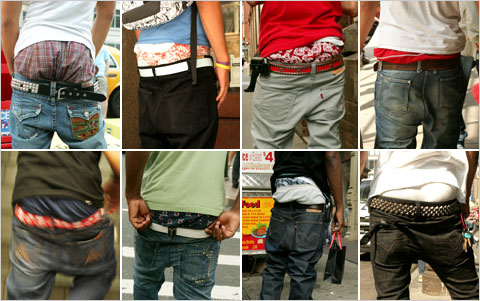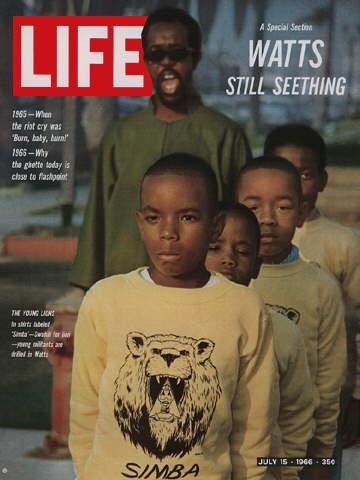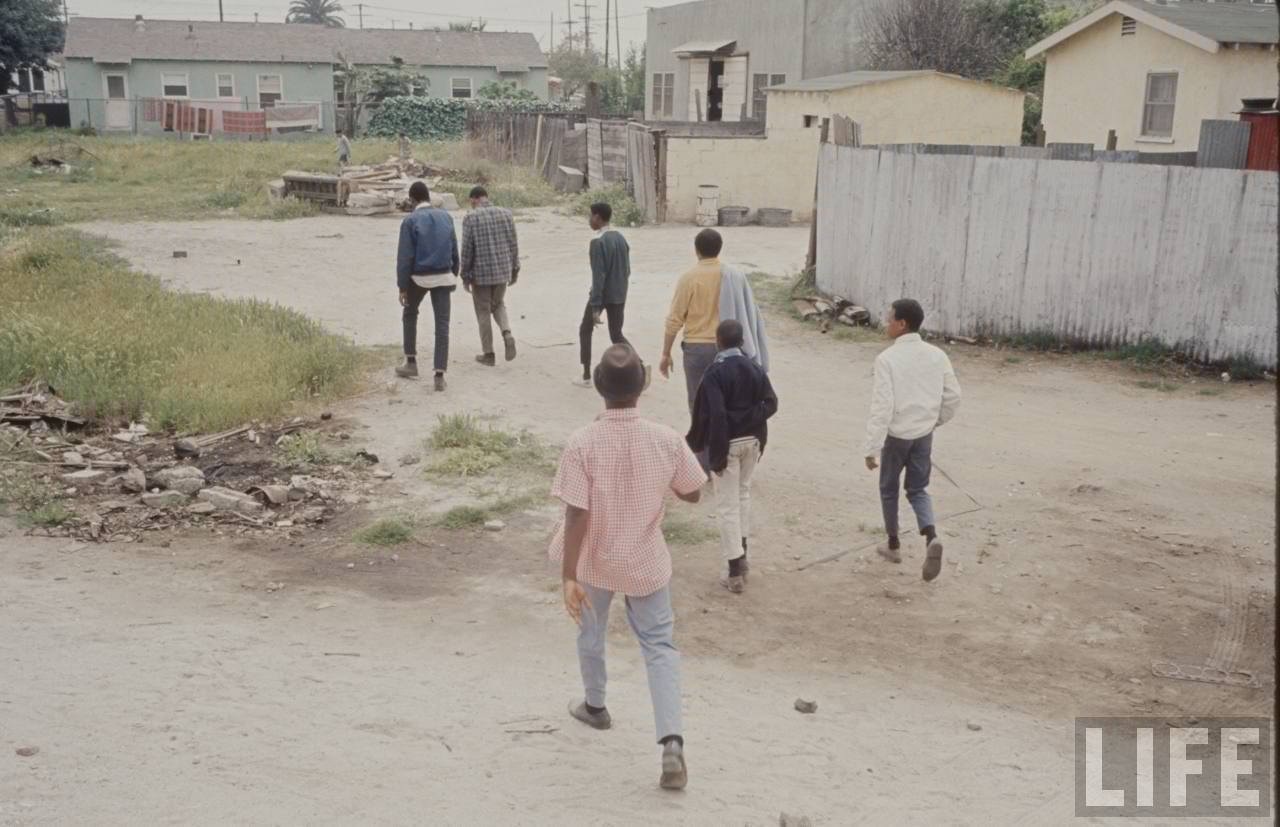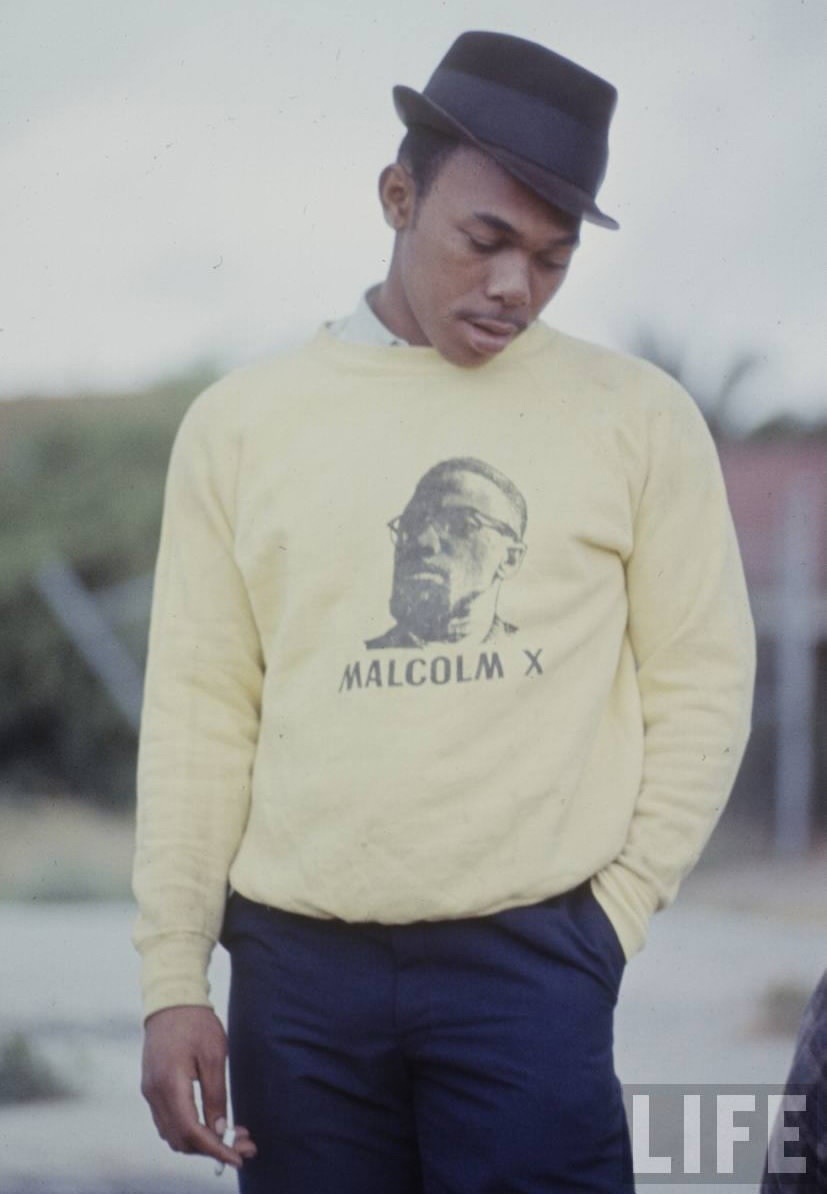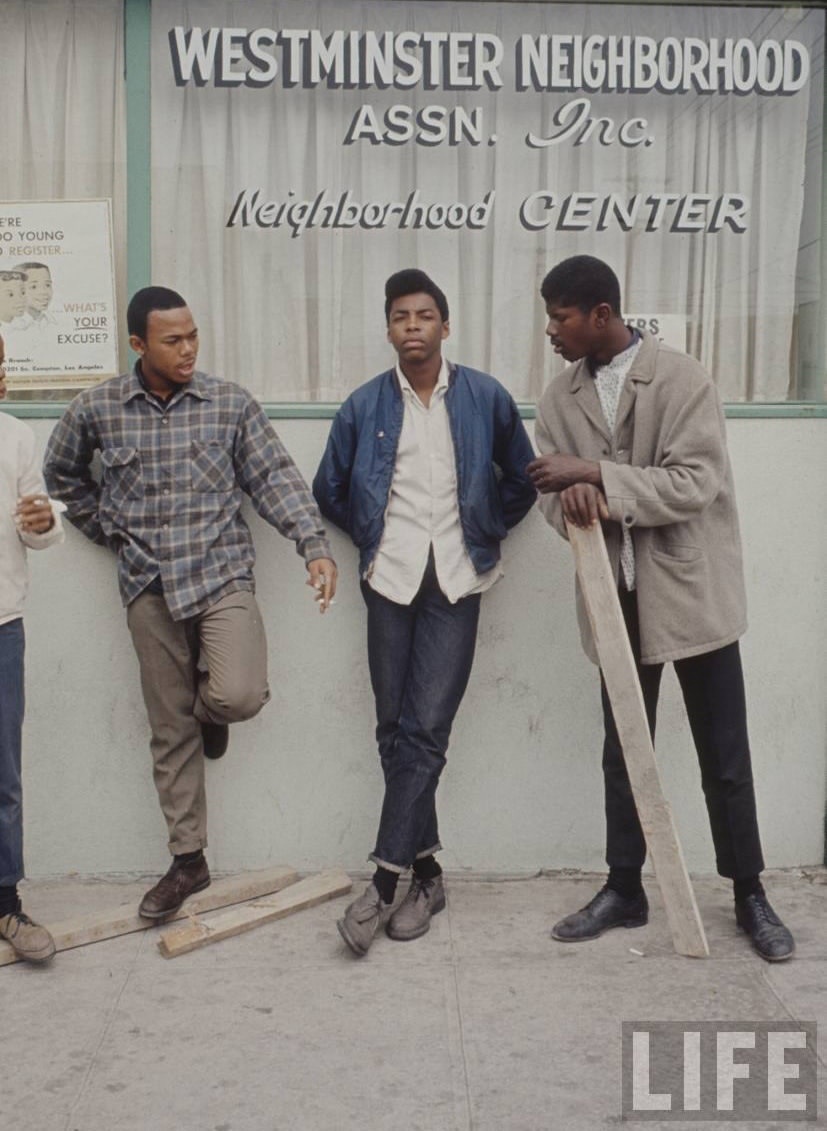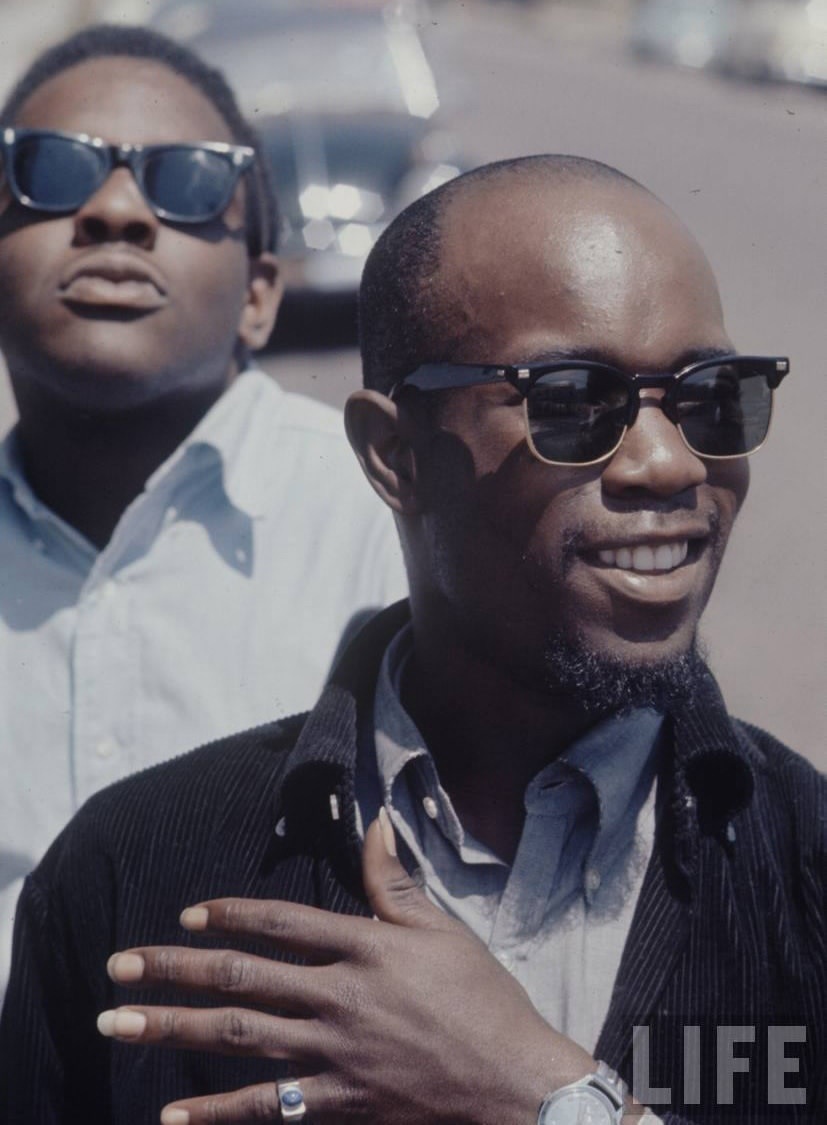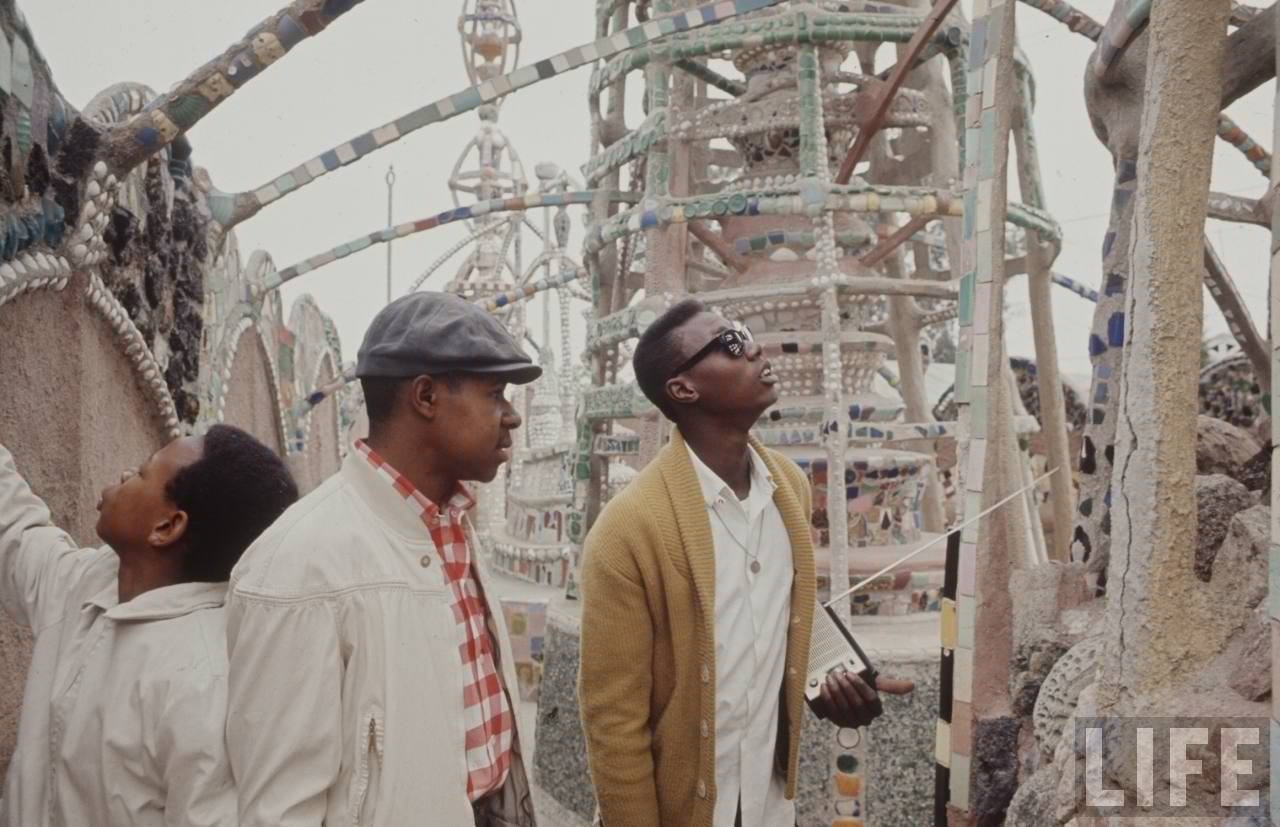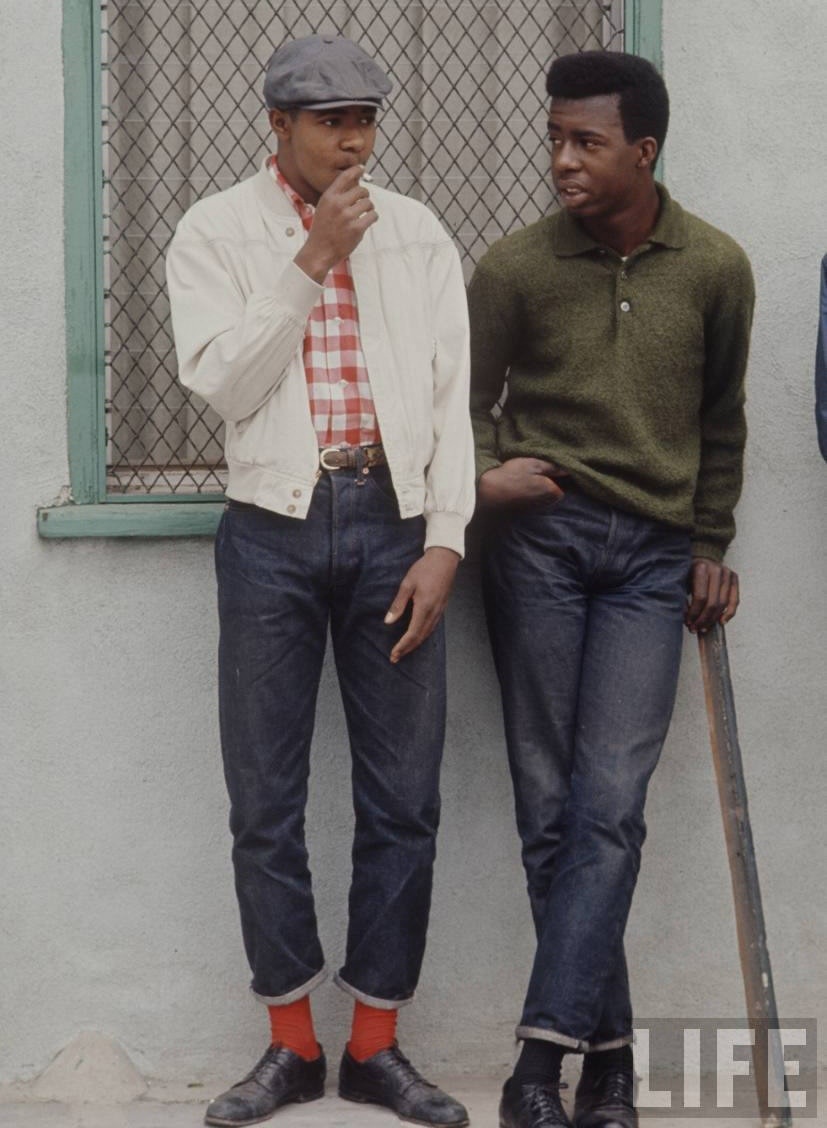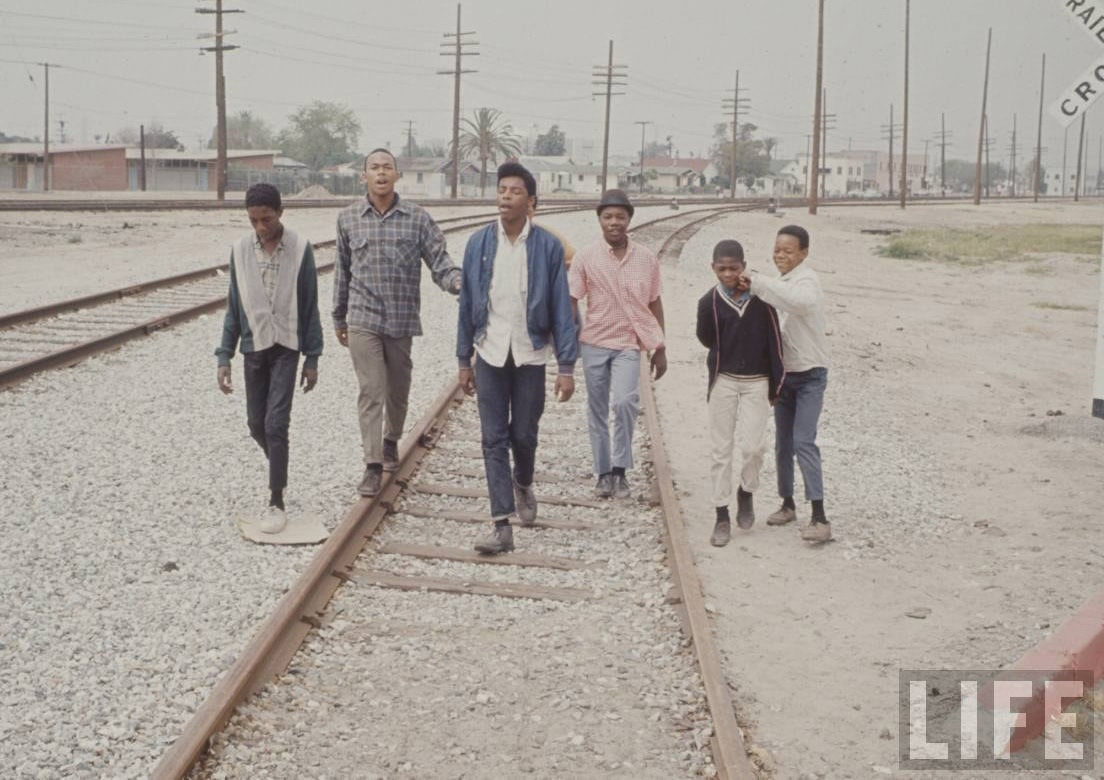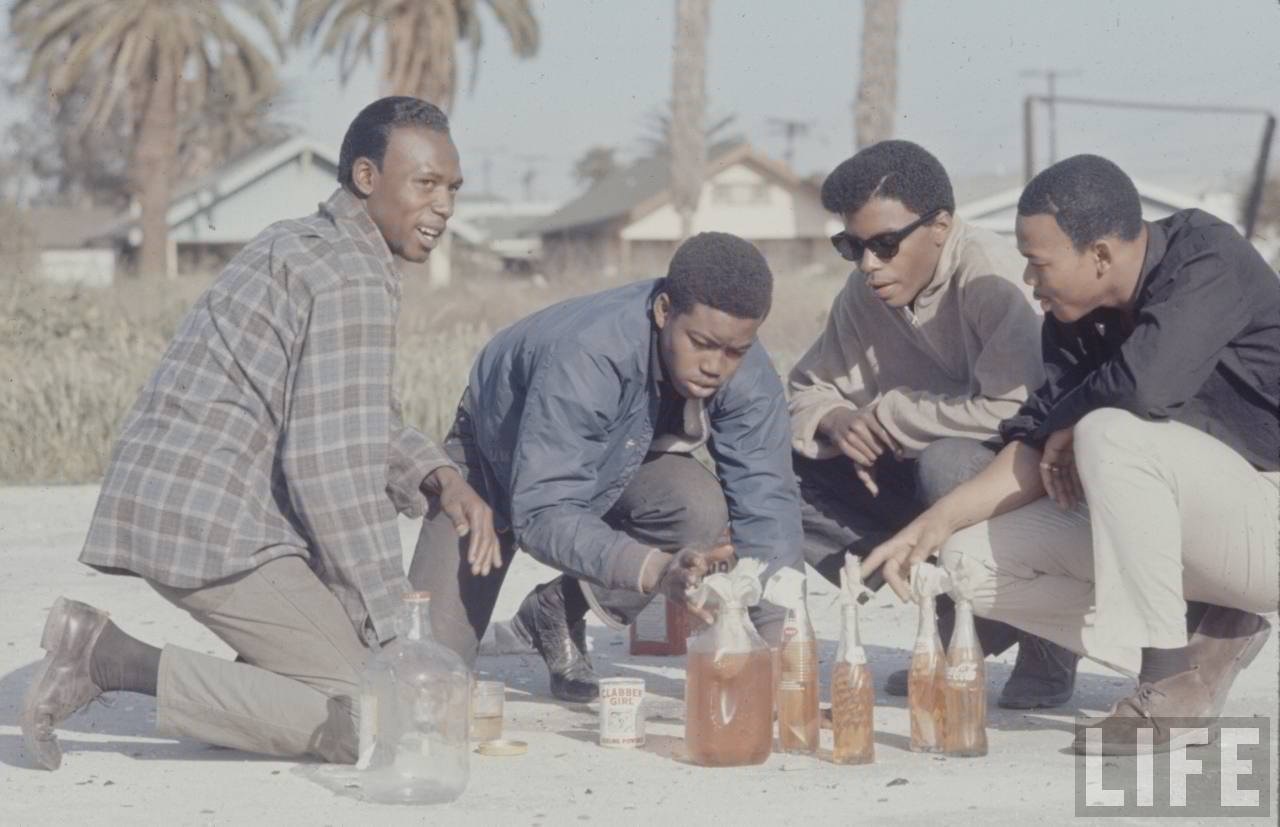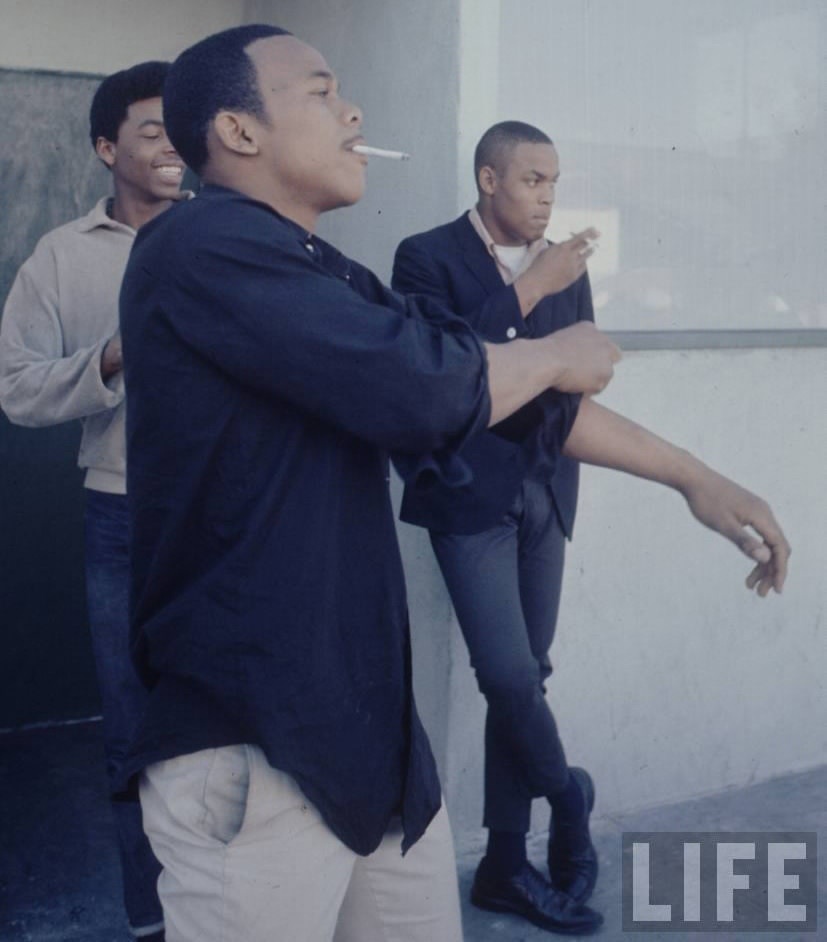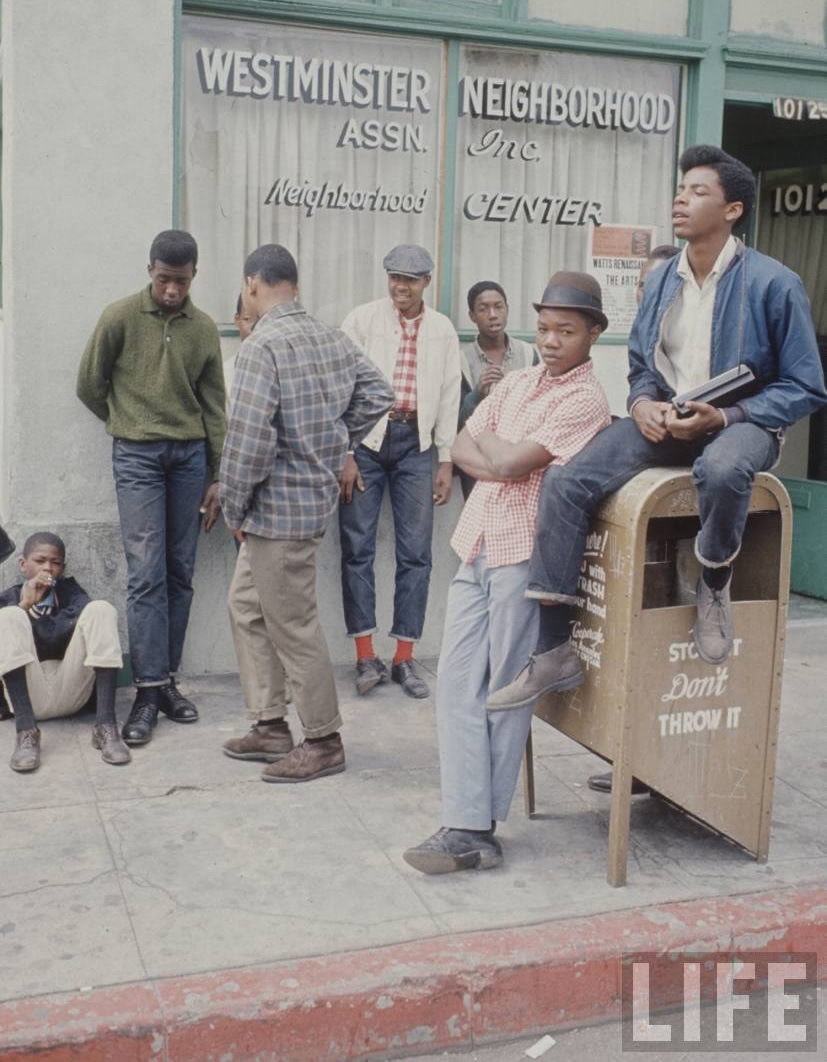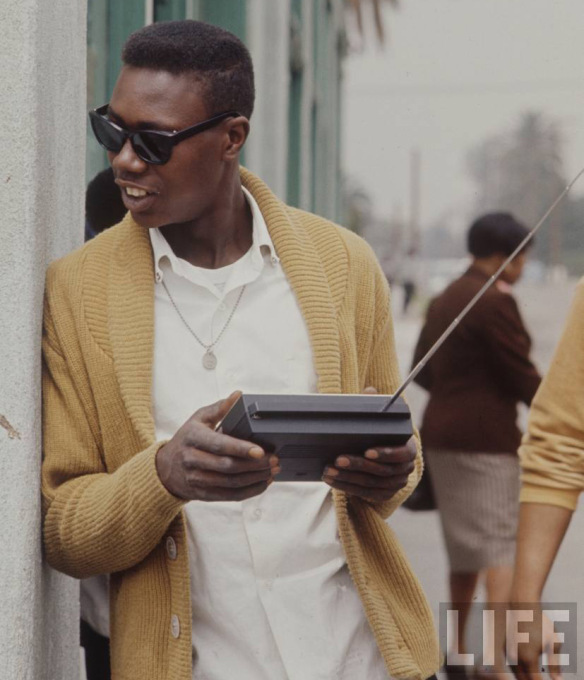You are using an out of date browser. It may not display this or other websites correctly.
You should upgrade or use an alternative browser.
You should upgrade or use an alternative browser.
Black Youth and Black American Pop culture of the 1950s
- Thread starter cole phelps
- Start date
More options
Who Replied?IllmaticDelta
Veteran

The fancy name for them is chitterlings: the intestines of hogs — the leavings, after all the prime meat has been carved away — cooked and served as an essential ingredient of soul food. In addition to their important culinary function, they gave their name to an equally important American musical phenomenon: the “chitlin’ circuit,” which flourished throughout the South for about two decades beginning in the late 1930s. The circuit first provided venues in big cities and minuscule crossroads for black-run dance bands — the most famous, and the best, being Jimmie Lunceford’s — and then venues for the pioneers in what was first known as the blues, then as rhythm and blues, then as rock and roll: B.B. King, Joe Turner, Wynonie Harris, T-Bone Walker, Little Richard, James Brown, Ray Charles, et al.
The chitlin’ circuit was more than just music — it nurtured comedians and was championed in the plays of August Wilson — but Preston Lauterbach’s focus is on “how the chitlin’ circuit for live music developed from the late 1930s and nurtured rock ’n’ roll from the early 1940s to the mid-1950s.” Lauterbach, a freelance writer based in Memphis, got more than he bargained for when he decided to write a book about it:
“The chitlin’ circuit story that unfolded through old newspapers, interviews with aged jitterbugs, torn scrapbooks, and city directories crossed unexpected backroads: the numbers racket, hair straighteners, multiple murders, human catastrophe, commercial sex, bootlegging, international scandal, female impersonation, and a real female who could screw a light bulb into herself — and turn it on. . . . These are the intertwined stories of booking agents, show promoters, and nightclub owners, the moguls who controlled wealth throughout the black music business. Until records eclipsed live shows as the top moneymakers, new sounds grew on the road and in nightclubs, through the dance business rather than in the recording studio. Though the moguls’ names are not recognized among the important producers of American culture, their numbers rackets, dice parlors, dance halls, and bootleg liquor and prostitution rings financed the artistic development of breakthrough performers.”
Click to expand...
Though the artists who were shaping their music and their careers on the chitlin’ circuit during the late 1940s and early ’50s eventually became known to a national audience that crossed and transcended racial lines, at the time they worked in an almost entirely black world that was virtually unknown to the “pop” (i.e., white) world. When Billboard magazine in 1949 “renamed its African-American music bestseller list from ‘Race Records’ to ‘Rhythm and Blues Records,’ ” however, it was a sign of change. Still, Lauterbach makes an important point:
“Influential gatekeepers have tended to treat ‘rhythm and blues’ as a genre-defining term rather than what it was, a marketing phrase, shorthand for black popular music in whatever form happened to be selling. The standardized definitions of rock ’n’ roll, courtesy of institutions such as the Rock and Roll Hall of Fame and Rolling Stone magazine, emphasize a fusion of black rhythm and blues and white country-western sounds, as if the two styles brought distinct elements to a new mixture. While that certainly applies to Bill Haley and Elvis Presley, some of the first rock ’n’ roll stars as such, it implies a shared primacy that simply didn’t exist at the true dawn of rock ’n’ roll. While black music was clearly rockin’ by 1949, country and western fans delighted to the sounds of yodels, waltzes, accordions, fiddle, and steel guitars — great stuff, but not the stuff of rock ’n’ roll.”
What happened to the music that was nurtured on the chitlin’ circuit was, of course, what has happened to black music throughout American history: Whites discovered it, fell in love with it and adapted it — “covered” it, to use the music-business term — to suit their own gifts and tastes. The great musical wave that brought rock and roll into being in the mid-’50s certainly profited many black musicians, among them Little Richard, James Brown, B.B. King and Ray Charles, but the greatest attention and financial rewards mostly went to whites. After the rise of rock and roll, black music moved into the mainstream as it never had before, but the music business then, as now, was owned and operated by whites for whites.
“The Chitlin’ Circuit,” by Preston Lauterbach, about pre-rock black music.
IllmaticDelta
Veteran


.
.
The Mitch Thomas Show
The Mitch Thomas Show debuted on August 13, 1955, on WPFH, an unaffiliated television station that broadcast to Philadelphia and the Delaware Valley from Wilmington.10 Born in West Palm Beach, Florida, Mitch Thomas graduated from Delaware State College and served in the army before becoming the first black disc jockey in Wilmington, Delaware, in 1949.11 His television show, broadcast every Saturday, resembled Philadelphia's Bandstand, at the time a local program hosted by Bob Horn, and other locally broadcast teenage dance programs. The Mitch Thomas Show stood out because it was the first television show hosted by a black deejay that featured a studio audience of black teenagers. Otis Givens, who lived in South Philadelphia and attended Ben Franklin High School, remembered that he watched the show every weekend for a year before he finally made the trip to Wilmington to dance on air. "When I got back to Philly, and everyone had seen me on TV, I was big time," Givens recalled. "We weren't able to get into Bandstand, [but] The Mitch Thomas Show gave me a little fame. I was sort of a celebrity at local dances."12 Similarly, South Philadelphia teen Donna Brown recalled in a 1995 interview, "I remember at the same time that Bandstand used to come on, there used to be a black dance thing that came on, and it was The Mitch Thomas Show . . . And that was something for the black kids to really identify with. Because you would look at Bandstand and we thought it was a joke."13 The Mitch Thomas Show also became a frequent topic for the black teenagers who wrote the Philadelphia Tribune's "Teen-Talk" columns. Much in the same way that national teen magazines followed American Bandstand, the Tribune's teen writers kept tabs on the performers featured on Thomas's show, and described the teenagers who formed fan clubs to support their favorite musical artists and deejays.14 The fan gossip shared in these columns documented the growth of a youth culture among the black teenagers whom Bandstand excluded. In 1957, it was one of these fan clubs that made the most forceful challenge to Bandstand's discriminatory admissions policies.15 Although many of these teens watched both Bandstand and Thomas's show, as Bandstand grew in popularity and expanded into a national program, The Mitch Thomas Show remained the only television program that represented the region's black rock and roll fans.
Economics, more than a concern for racial equality, influenced WPFH's decision to provide airtime for this groundbreaking show. Eager to compete with Bandstand and the afternoon offerings on the other network-affiliated stations, WPFH hoped that Thomas's show would appeal to both black and white youth in the same way as black-oriented radio.16 The station's bet on Thomas was part of a larger strategy that included hiring white disc jockeys Joe Grady and Ed Hurst to host a daily afternoon dance program that started at 5 p.m., after Bandstand concluded its daily broadcast. While The Grady and Hurst Show broadcast five times per week, the weekly Mitch Thomas Show proved to be more influential.


Teens dancing on the The Mitch Thomas Show, locally called the "Black Bandstand," Wilmington, Delaware, ca. 1955-1958. Screenshots (1 and 2) from Black Philadelphia Memories, directed by Trudi Brown (WHYY-TV12, 1999). Screenshots courtesy of Matthew F. Delmont, The Nicest Kids in Town.
Drawing on Thomas's contacts as a radio host and on the talents of the teenagers, the program helped shape the music tastes and dance styles of young people in Philadelphia. In a 1998 interview for the documentary Black Philadelphia Memories, Thomas recalled that "the show was so strong that I could play a record one time and break it wide open."17 Indeed, Thomas's show hosted some of the biggest names in rock and roll, including Ray Charles, Little Richard, the Moonglows, and Frankie Lymon and the Teenagers. It also featured vocal harmony groups from the Philadelphia area.18 Thomas promoted large stage shows as well as small record hops at skating rinks.19 These events were often racially integrated, "The whites that came, they just said, 'Well I'm gonna see the artist and that's it.' I brought Ray Charles in there on a Sunday night, and it was just beautiful to look out there and see everything just nice."20
Ray Smith, who attended American Bandstand frequently and has done research for one of dikk Clark's histories of the show, remembers that he and other white teenagers watched The Mitch Thomas Show to learn new dance steps. Describing the "black Bandstand," Smith recalled:
First of all, black kids had their own dance show, I think it was on channel 12, but one of the reasons I remember it is because I watched it. And I remember that there was a dance that [American Bandstand regulars] Joan Buck and Jimmy Peatross did called "The Strand" and it was a slow version of the jitterbug done to slow records. And it was fantastic. There were two black dancers on this show, the "black Bandstand," or whatever you want to call it. The guy's name was Otis and I don't remember the girl's name. And I always was like "wow." And then I saw Jimmy Peatross and Joan Buck do it, who were probably the best dancers who were ever on Bandstand. I was talking about it to Jimmy Peatross one day, when I was putting together the book, and he said, "Oh, I watched this black couple do it." And that was the black couple that he watched.21

Vera Boyer and Otis Givens show off their dance steps on The Mitch Thomas Show, Wilmington, Delaware, ca. 1956–57. Screenshot from Black Philadelphia Memories, directed by Trudi Brown (WHYY-TV12, 1999). Screenshot courtesy of Matthew F. Delmont, The Nicest Kids in Town.
These white teenagers were not alone in watching The Mitch Thomas Show. Smith's experience supports Mitch Thomas's belief that [American Bandstand teens] "were looking to see what dance steps we were putting out. All you had to do was look at 'Bandstand' the next Monday, and you'd say, 'Oh yeah, they were watching.'"22 They were watching, for example, when dancers on The Mitch Thomas Show started dancing The Stroll, a group dance where boys and girls faced each other in two parallel lines, while couples took turns strutting down the aisle. Thomas remembers that the teens on his show "created a dance called The Stroll. I was standing there watching them dancing in a line, and after a while I asked them, 'What are y'all doing out there?' They said, 'That's The Stroll.' And The Stroll became a big thing."23 Because the show influenced American Bandstand during its first year as a national program, teenagers across the country learned dances popularized by The Mitch Thomas Show.
Dancing Around the "Glaring Light of Television": Black Teen Dance Shows in the South | Southern Spaces
Last edited:
IllmaticDelta
Veteran
These white teenagers were not alone in watching The Mitch Thomas Show. Smith’s experience of watching the show supports Mitch Thomas’ belief that “[American Bandstand teens] were looking to see what dance steps we were putting out. All you had to do was look at ‘Bandstand’ the next Monday, and you’d say, ‘Oh yeah, they were watching.’”[vii] They were watching, for example, when dancers on The Mitch Thomas Show started dancing The Stroll, a group dance where boys and girls faced each other in two parallel lines, while couples took turns strutting down the aisle. Thomas remembers that the teens on his show “created a dance called the Stroll. I was standing there watching them dancing in a line, and after a while I asked them, ‘what are y’all doing out there?’ They said, ‘that’s The Stroll.’ And The Stroll became a big thing.”[viii] The Stroll was actually a new take on swing-era line dances, and while the teens on The Mitch Thomas Show did not invent The Stroll, they, along with young fans of black R&B in other cities, were among the first young people in the country to perform the new version of the dance.[ix] The Stroll was inspired by R&B artist Chuck Willis’s song “C.C. Rider,” itself a remake of the popular blues song “See See Rider Blues,” which was first recorded and copyrighted by Ma Rainey in the 1920s and was subsequently recorded by dozens of others artists. Following Willis, a string of other R&B songs were produced based on the dance. By late 1957, the Diamonds, a white vocal group that frequently recorded cover versions of black R&B songs, released “The Stroll,” a song made specifically for the dance. dikk Clark was a friend of the Diamonds’s manager, Nat Goodman, and told him: “if we could have another stroll-type record, you’d have yourself an automatic hit.”[x] The Diamonds version outsold the others largely because American Bandstand played the song repeatedly. In addition to helping move the Diamonds’s version of the song up the charts, the frequent spins also falsely established American Bandstand as the originator of the dance. The show offered viewers instruction on how to do the Stroll by showing close-ups on the dancers’ feet during the dance.[xi] The show’s yearbook offered fans of more explicit instruction on the dance.
All this emphasis on American Bandstand as the birthplace of The Stroll upset some of the teenagers on The Mitch Thomas Show. Thomas later recalled that Clark was gracious when he complained to him about American Bandstand taking credit for the dance. “I called dikk Clark and told him my kids were a little upset because they were hearing that the Stroll started on ‘Bandstand’” Thomas remembered. “He said no problem. He went on the show that day and said, ‘Hey man, I want you all to know The Stroll originated on the Mitch Thomas dance show.’”[xii] While Clark was courteous in this instance in acknowledging the creative influence of The Mitch Thomas Show on American Bandstand, the television programs remained in a vastly inequitable relationship. The Mitch Thomas Show broadcast to the Delaware Valley on an independent station that was not affiliated with one of the three major networks. American Bandstand, on the other hand, reached a national audience of millions with the financial backing of advertisers, ABC, and Walter Annenberg’s media assets. The question of the Stroll’s origins remained contentious because such “new” dances were one of the many products that American Bandstand sold to viewers. The appropriation of these creative energies contributed to the frustration felt by black teens who were denied admission to the show. The dance styles perfected by the black teenagers on The Mitch Thomas Show did reach a national audience, but the teens themselves were not depicted as part of the national youth culture American Bandstand broadcast to viewers.
The Nicest Kids in Town: "A New Dance Everyday"


.
.
The Stroll
The Madison

Madison 1
Sauanaffe Tustunnagee
Banned
before mainstream AA culture got trained by Amerikkkan cac immorality,capitalist greed, and thug/drug life

IllmaticDelta
Veteran



(original version of this song)
IllmaticDelta
Veteran
this is 1960's...those are the same types that birthed the slausons and gladiators
cole phelps
Superstar
Bump
Billie Jean
everything I did wrong...worked.
IllmaticDelta
Veteran
IllmaticDelta
Veteran
Billie Jean
everything I did wrong...worked.
I love his mature voice
IllmaticDelta
Veteran

(the original version)
and
IllmaticDelta
Veteran

.
.
.

Damn, I made this post exactly two years ago? Feels like it was just yesterday.I just love the way they used to dress back in those days. So classy, yet swagalicious.
Now we got this shyt.
